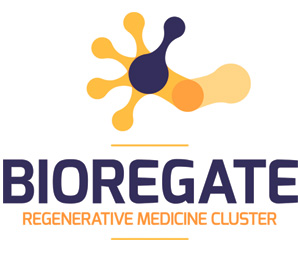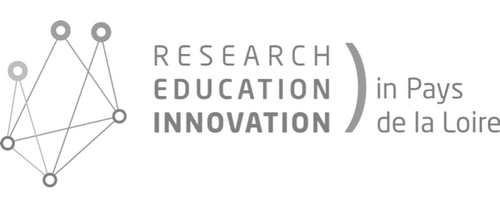Organization activities
The PAnTher unit was created by INRA and Oniris organizations. It belongs to the Animal Health department of INRA institution. Its research is focused on therapeutic developments to fight against genetic diseases damaging skeletal muscles (Duchenne Muscular Dystrophy) or the nervous system (metachromatic leukodystrophy, type II glycogenosis). Our cell and gene therapy works are implemented on big animal models (non-human primates and GRMD dogs) and aim at assessing safety and efficacy of our approaches. This translational research strategy aims at demonstrating the clinical relevance of innovative therapies in humans.
Research activities
Cell and gene therapies for Duchenne Muscular Dystrophy (DMD)
Our work on the isolation and therapeutic characterization of muscular somatic stem cells (MuStem) demonstrates a major and sustainable clinical improvement of the GRMD dog, the relevant clinical model of the human DMD disease. It opens new avenues for the treatment of one of the most frequent genetic disease in humans. Some studies are ongoing to validate this MuStem cell population as a therapeutic candidate for DMD patients.
The team is also involved in the development of another therapeutic development for DMD patients relying on an AAV8 bringing snRNA U7 responsible for a dystrophin exon skipping. The vector is delivered by loco-regional intravenous infusion under pressure.
Team leader: Karl Rouger – karl.rouger@inra.fr
Gene transfert in the CNS and gene therapy for genetic neurodegenerative diseases
We demonstrated that the intra cerebral injection of a modified gene in dogs or in non human primates was efficient for treating nervous damages of two neurodegenerative diseases linked to lysosomial overload: the type I mucopolysacharidosis and the metachromatic leukodystrophy.
In 2013, a phase I/II clinical trial for metachromatic leukodystrophy was launched by Pr Aubourg (Neuropaediatric department and reference centre for leukodystrophies, Bicêtre Hospital, Kremlin-Bicêtre). The results showed limits of this approach i) it is invasive, ii) transgene diffusion around the injection point and iii) this injection modality doesn’t target properly the spinal cord and cerebellum thus requiring multiple injections for a global CNS correction.
Our goal is to develop and optimize other administration methods for modified AAV, with less invasiveness, a wide spread and targeted diffusion to treat patients with genetic neurodegenerative diseases such as type II glycogenosis (lysosomial overload diseases damaging the CNS) and motoneuron diseases. Nowadays no efficient treatment is available for these neurological diseases which lead to autonomy loss and finally death. Gene therapy could be a good option for these patients.
The original point of our research strategy also relies on the parallel use of murine and non human primate models allowing the direct translation of gene transfer results obtained in mouse to primate, thus boosting possible clinical applications.
Team leader: Marie-Anne Colle – marie-anne.colle@oniris-nantes.fr

